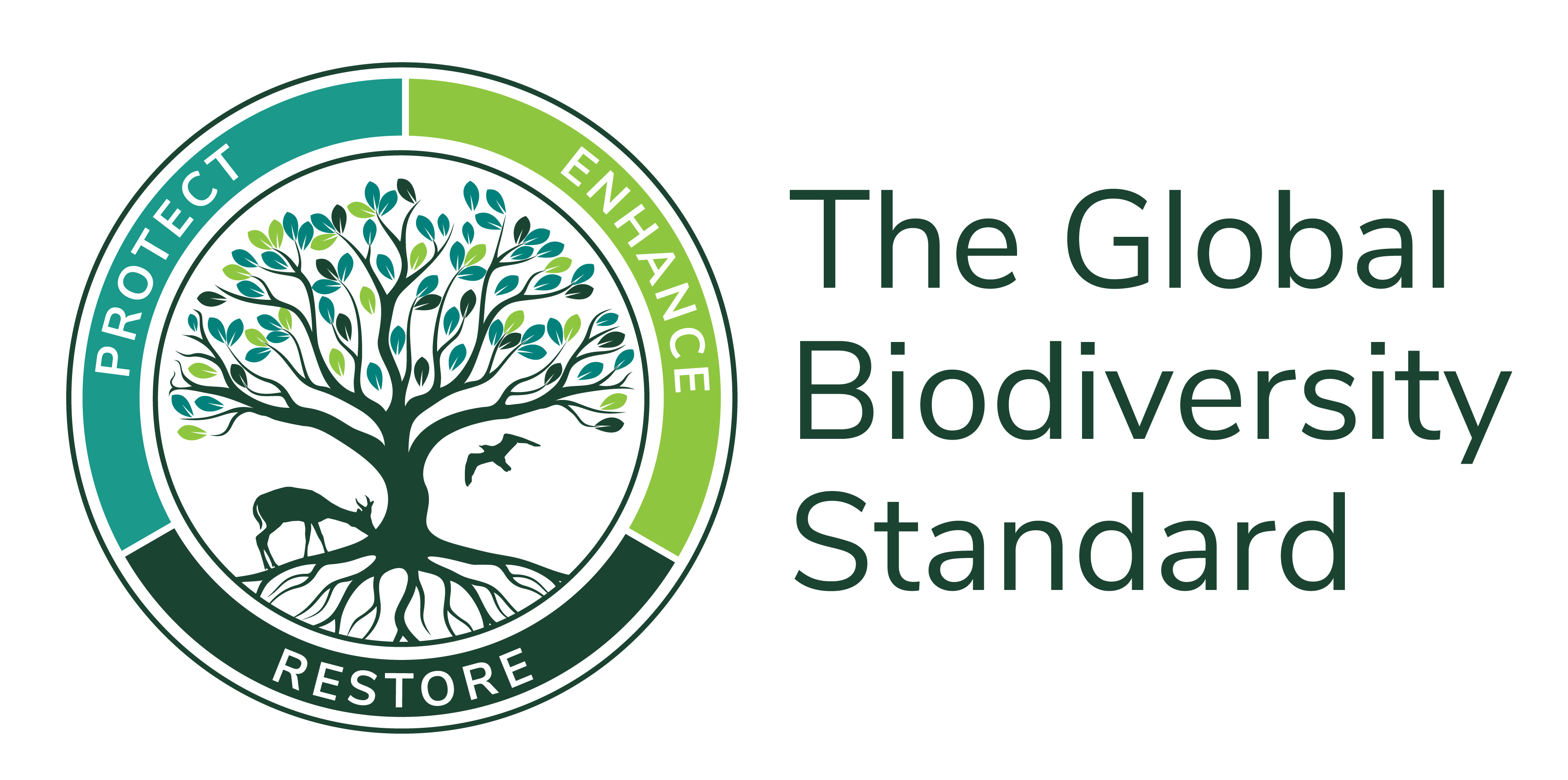The Global Biodiversity Standard unveils comprehensive manual to enhance restoration projects
-
Region
Global -
Programme
Global Biodiversity Standard -
Workstream
Addressing Global Challenges -
Topic
Ecological Restoration -
Type
Press Release -
Source
BGCI
News Published: 18 June 2024
The Global Biodiversity Standard (TGBS) methodology has been published in a manual created through a collaboration with leading experts and organisations. This manual aims to promote effective and high-quality global biodiversity outcomes for tree planting, forest restoration, agroforestry, and other restoration initiatives.
Collaboration with Leading Organisations
The TGBS manual is the result of a joint effort by renowned organisations including:
- Botanic Gardens Conservation International (BGCI)
- Society for Ecological Restoration (SER)
- Plan Vivo Foundation
- TRAFFIC
- Bioflore
- CIFOR-ICRAF
- Ecosia
- IUCN Species Survival Commission
- Radobank
- Reforst’Action
- Royal Botanic Gardens, Kew
- 1t.org
- Plus, 9 regional biodiversity institutions
Rigorous testing across the Globe
The methodology has undergone rigorous testing by 13 TGBS Hubs in 9 countries, covering over 100 projects and various land uses. These hubs include:
- Auroville Botanical Gardens – India
- Centre for Ecosystem Restoration – Kenya
- Huarango Nature – Peru
- Jardim Botanico Arariba- Brazil
- Kadoorie Farm and Botanic Garden – China
- Missouri Botanical Garden – Madagascar
- Royal Botanic Garden – Jordan
- Tooro Botanical Gardens – Uganda
- Tropical Rainforest Conservation and Research Centre – Malaysia
Part of the success of TGBS methodology is that it is expressly designed to assess and compare the varying biodiversity, land management, and range of ecosystems through the implementation of Regional Hubs which have unique knowledge of the local ecosystems and how best to restore biodiversity within degraded landscapes.
Comprehensive Methodologies
The manual provides diverse methods combining remote sensing and field surveys to assess biodiversity impacts. Remote sensing methods include the use of spaceborne sensors to understand historical trends of ecosystem integrity attributes outlined in the SER 5-star Recovery System. However, recognising the individual nature of the sites and that a combination of standard and bespoke methodologies may be needed, the manual provides a list of diverse methods that can be used.
Foreword from Global Leaders
The manual includes a foreword contributed by esteemed leaders Dr David Cooper, Executive Secretary of the United Nations Convention on Biological Diversity (CBD), Dr Grethel Aguilar, Director General of the International Union for Conservation of Nature (IUCN), and Dr Eliane Ubalijoro, Chief Executive Officer for Center for International Forestry Research and World Agroforestry (CIFOR-ICRAF) and Director General of ICRAF.
Stakeholder Engagement and Consultation
In late 2023, TGBS partnered with JS Global Advisory for a consultation leading up to UNFCCC COP-28. This consultation gathered feedback from potential stakeholders, emphasising the importance of field surveys in assessing biodiversity impacts and supporting the integration of rare, native species into projects.
Ensuring High-Quality Biodiversity Outcomes
Dr Paul Smith, Secretary General of BGCI, the lead partner in the TGBS consortium, said
“Financiers of Nature-based Solutions need assurance that biodiversity is not being damaged by the projects they support, and project practitioners need advice on how to achieve better outcomes for biodiversity and people. TGBS uniquely delivers all of this, by deploying local biodiversity expertise through a globally validated methodology.”
Dr David Bartholomew, joint-lead author of the TGBS manual adds
“The Global Biodiversity Standard manual is the culmination of two years of rigorous testing at over 100 sites across diverse ecosystems, land uses, and countries. This extensive refinement has created a robust methodology to accurately assess biodiversity impacts, setting a new benchmark for restoration projects worldwide.”
An important focus of TGBS is to engage with stakeholders to ensure there is renewed confidence in nature-based carbon sequestration projects that have been undermined by poor practices in recent years. TGBS will provide assurance that measured, real biodiversity impacts can be achieved under a standardised framework that works for a wide variety of projects and land uses.
The publication of the TGBS manual marks the start of an exciting new phase for global biodiversity restoration efforts.

For More Information
For further information on The Global Biodiversity Standard and its implementation, please visit the project website: www.biodiversitystandard.org
Bartholomew and Mosyaftiani et al. (2024). The Global Biodiversity Standard: Manual for assessment and best practices. BGCI, Richmond, UK & SER, Washington, D.C., USA.
Contact Details
Dr David Bartholomew, Global Biodiversity Standard Project Manager, BGCI
Become a Member
Be part of the largest network of botanic gardens and plant conservation experts in the world by joining BGCI today!
Support BGCI
You can support our plant conservation efforts by sponsoring membership for small botanic gardens, contributing to the Global Botanic Garden Fund, and more!